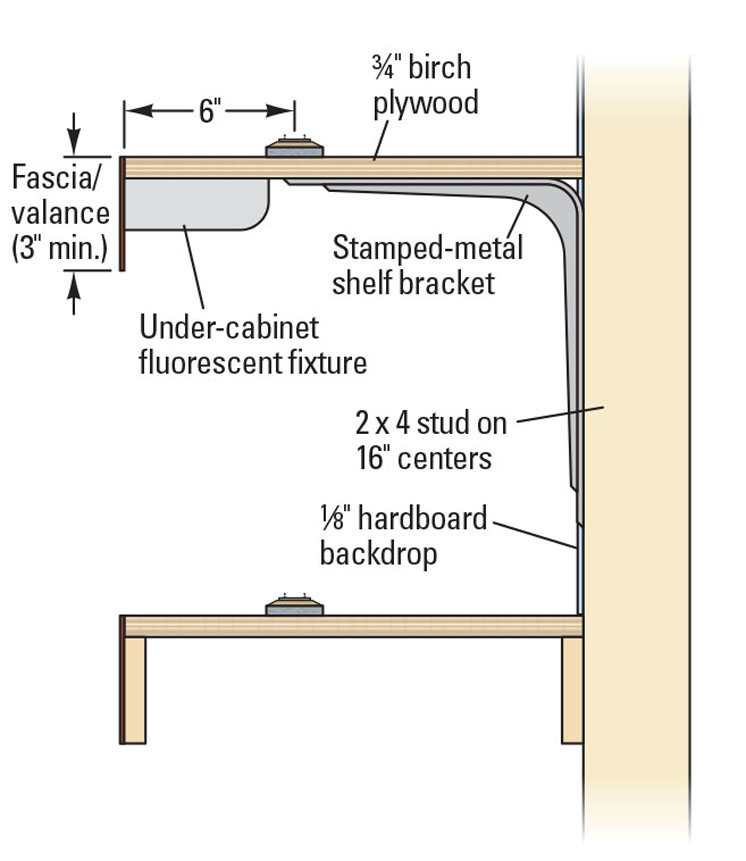It seems bizarre that no mention of this plan is made in the above Kalmbach link, despite the fact that it is printed in one of their own publications. Otherwise, there is plenty of useful information for anyone interested in recreating the railroad's operation in model form.
I took some time to examine the route through Google's mapping services and study a bit about the history of the line. I was thrilled to find out that a ten-wheeler operated there again in the 1990's in the form of a secondhand SJ B class engine! The largely sub-arctic-like landscape of Maine is no bad match for Scandinavian vintage trains.
The largely sub-arctic-like landscape of Maine is no bad match for Scandinavian vintage trains.
Far less inspiring was the disgracious behavior of the railroad's former shareholder, the municipality of Belfast (Maine) , which vandalized the vintage station and turntable facilities and expelled the preservationists about 2 miles away. Look here at the before vs. after situation.
In terms of critique, Latham's HO scale design does capture the flavor of the branchline, with the exception of Burnham Jct., where he fails to reproduce the characteristic "reversing wye" and other features of the real-life location. Several facilities are thus shown at the wrong end of the route (maybe a kind of overdone "modeler's licence"). I think a compact reversing triangle could be accommodated at "Burnham" with No. 2 wye turnouts without a sizable enlargement of the area occupied in Latham's plan. Generally, the published trackplan wastes considerable space, whereas the suggested room size allows a more comprehesive representation of intermediate stations.It is a mystery why stub switches are recommended in Linn Westcott's book. I failed to spot any of them in the numerous historic photos of the location available online.
It looks surprising that a branch connecting so small communities (1000 to 6000 inhabitants) managed to survive into our days, and even shows prospect of tourist traffic within the foreseeable future. This survival seems to be the result of the local industry being decentralized across rural areas, with target markets far beyond this sparsely-populated territory, providing sufficient shipping potential. Let us hope that the mere existence of the railway will attract new industries in place of the closed ones.Contribution to an alternative layout concept
Starting with a typical 12 sq. yard train room (to adhere to Westcott's specification), I tried to provide a decent running distance, which also allows for more waypoints of operational interest. I always considered a threshold of effective space utilisation the provision of at least as much route length (running distance) as the roon's perimeter. In this particular proposal, the total mainline length amounts to almost 16 yards. Although I label myself as a "bowl-of-spaghetti" type (gastronomically too !), this particular prototype prohibits such an approach.So, there is adequate space for the scenery-minded modeller to reproduce the unspectacular, yet pleasant traversed countryside.
I always considered a threshold of effective space utilisation the provision of at least as much route length (running distance) as the roon's perimeter. In this particular proposal, the total mainline length amounts to almost 16 yards. Although I label myself as a "bowl-of-spaghetti" type (gastronomically too !), this particular prototype prohibits such an approach.So, there is adequate space for the scenery-minded modeller to reproduce the unspectacular, yet pleasant traversed countryside.The configuration is partly bi-level, with one terminus over the other (obviously Burnham over Belfast, since the latter lies at sea level). The line descends at an 1 to 21 ruling gradient towards the lower level seaport. The sketch shows roughly the general concept and the main tracks. It does not provide exact station trackplans, only suggestions of the approximate station locations. At any case, the links listed herein provide the actual station diagrams, which can be used/adapted at will by anyone interested to go deeper into this story. The dashed line represents the mainline on the low level at the area underneath the upper level. Apart from the Waterville leg of the wye, mainline curves ar kept at a generous minimum of 23".
A constraint I kept was to ensure a permanently unimpeded entrance to the room, so this is not a totally "around-the-walls" alignment. One point I am not sure of is whether both stationmasters of "Burnham" and "Belfast" can work simultaneously in their enclave. At busy times (if any), a dedicated "switchman" appears necessary for the "Waterville" side of Burnham Jct., so that nobody has to duck under repeatedly under the lift-out section.
